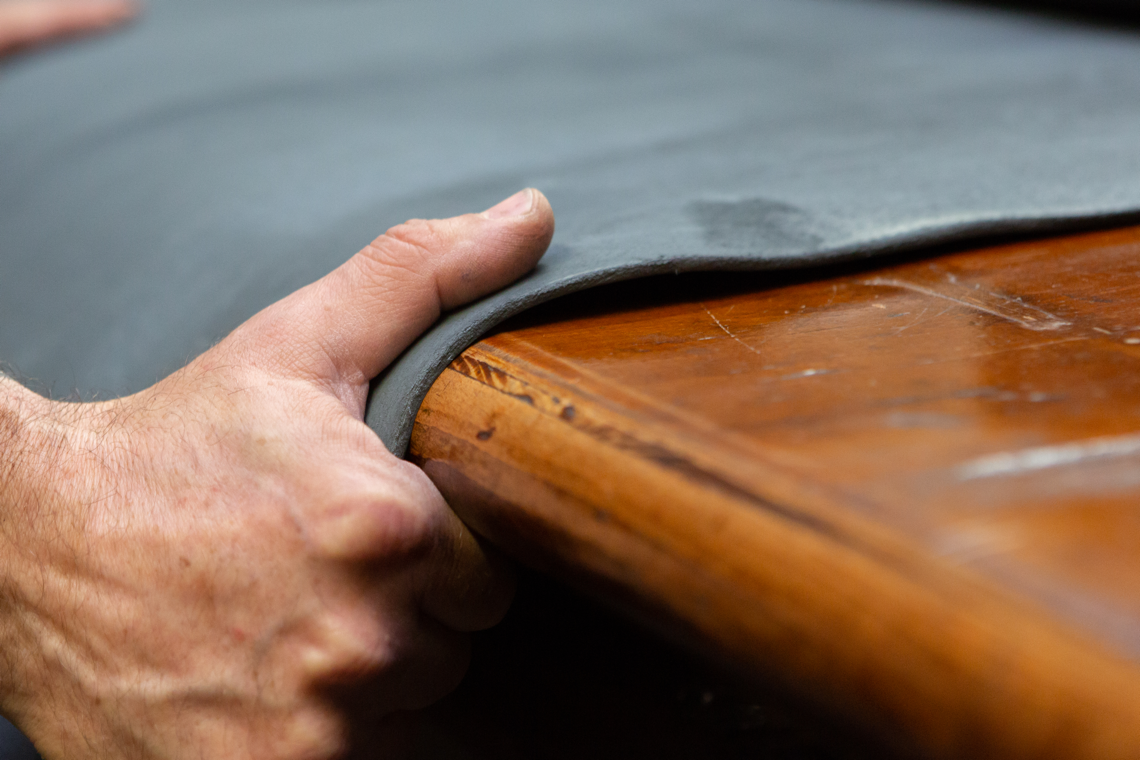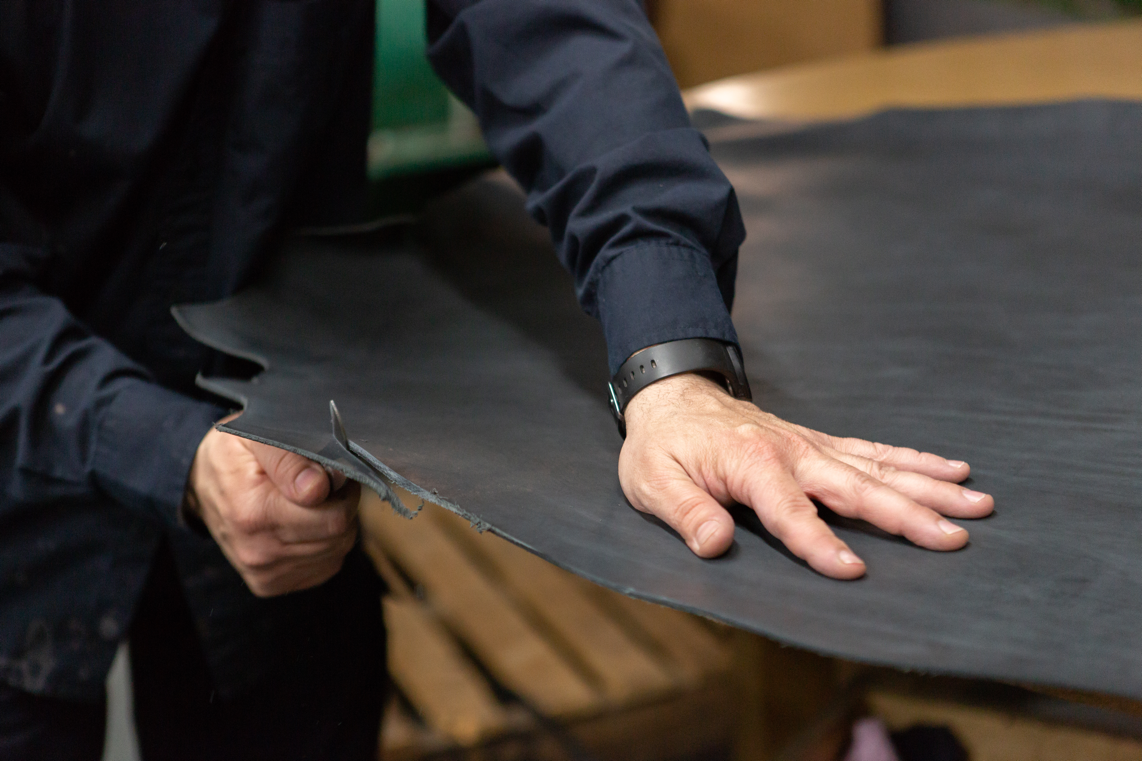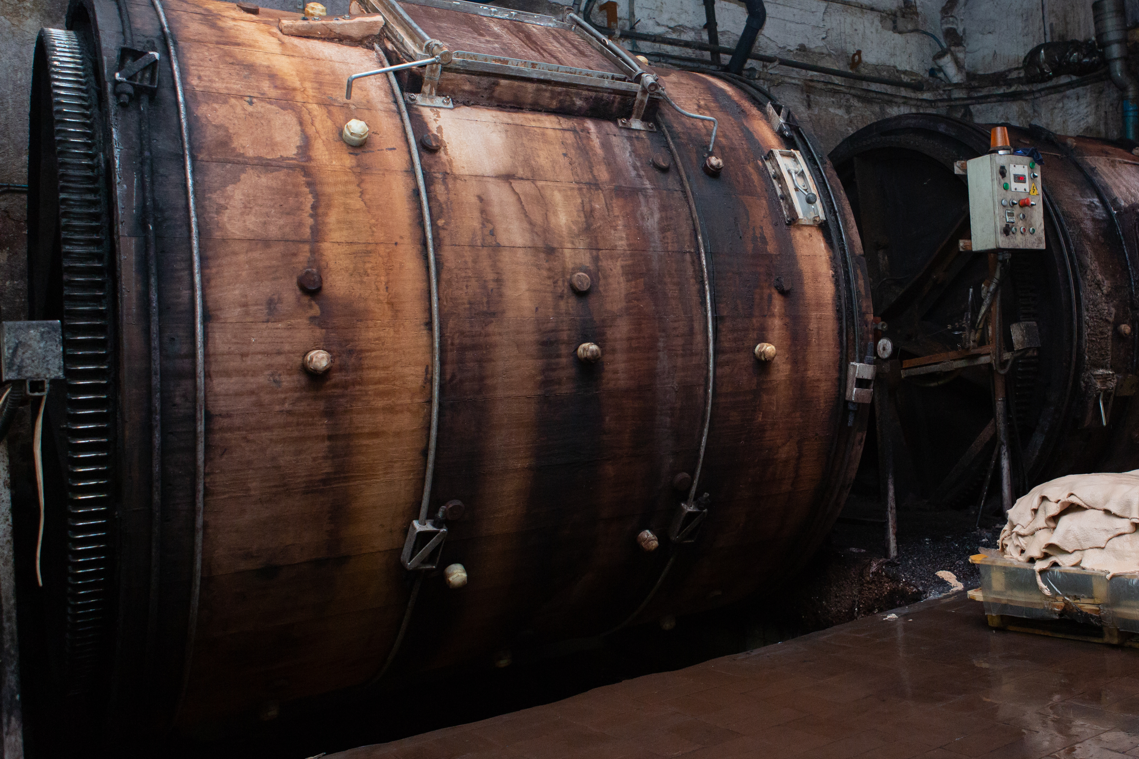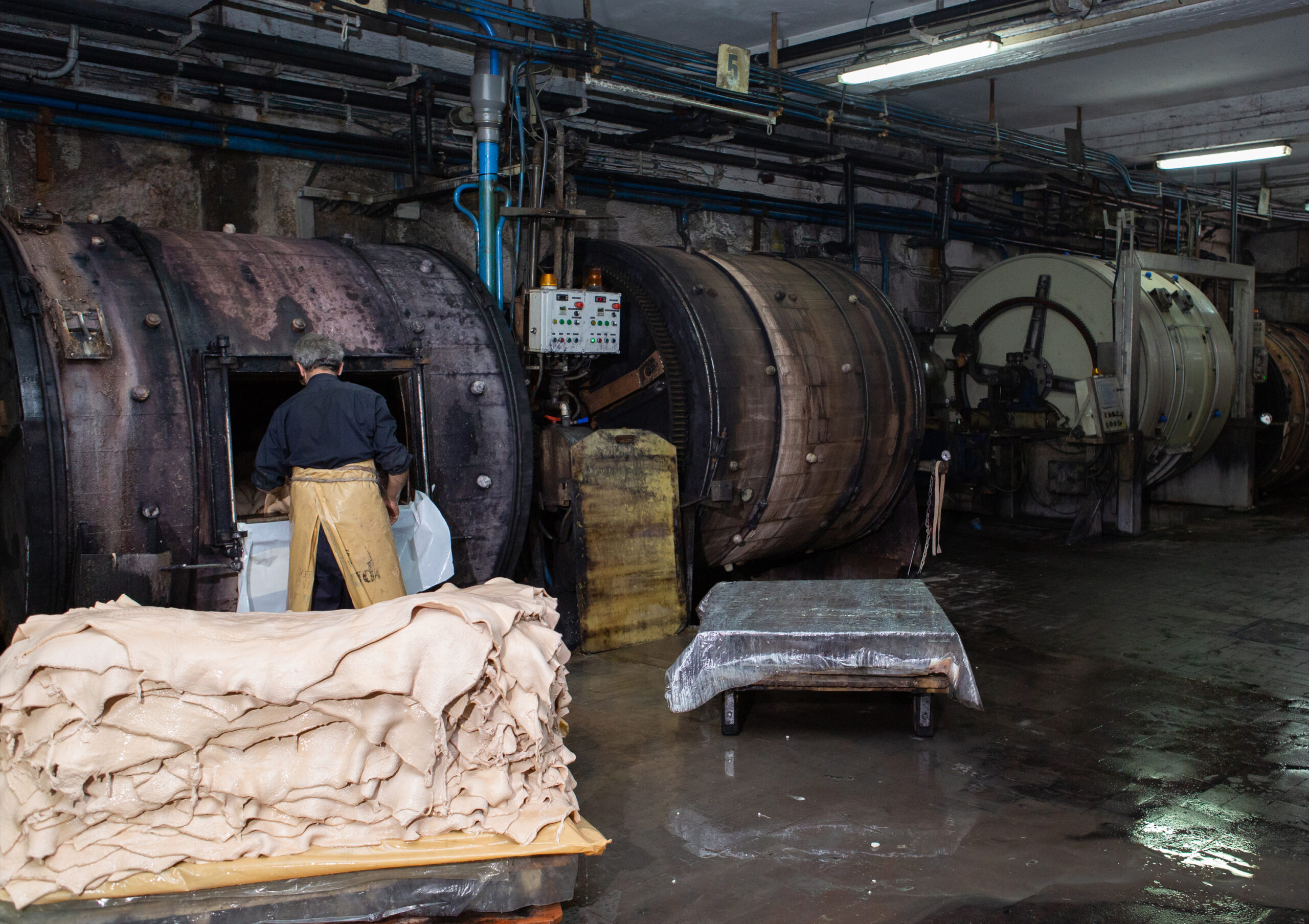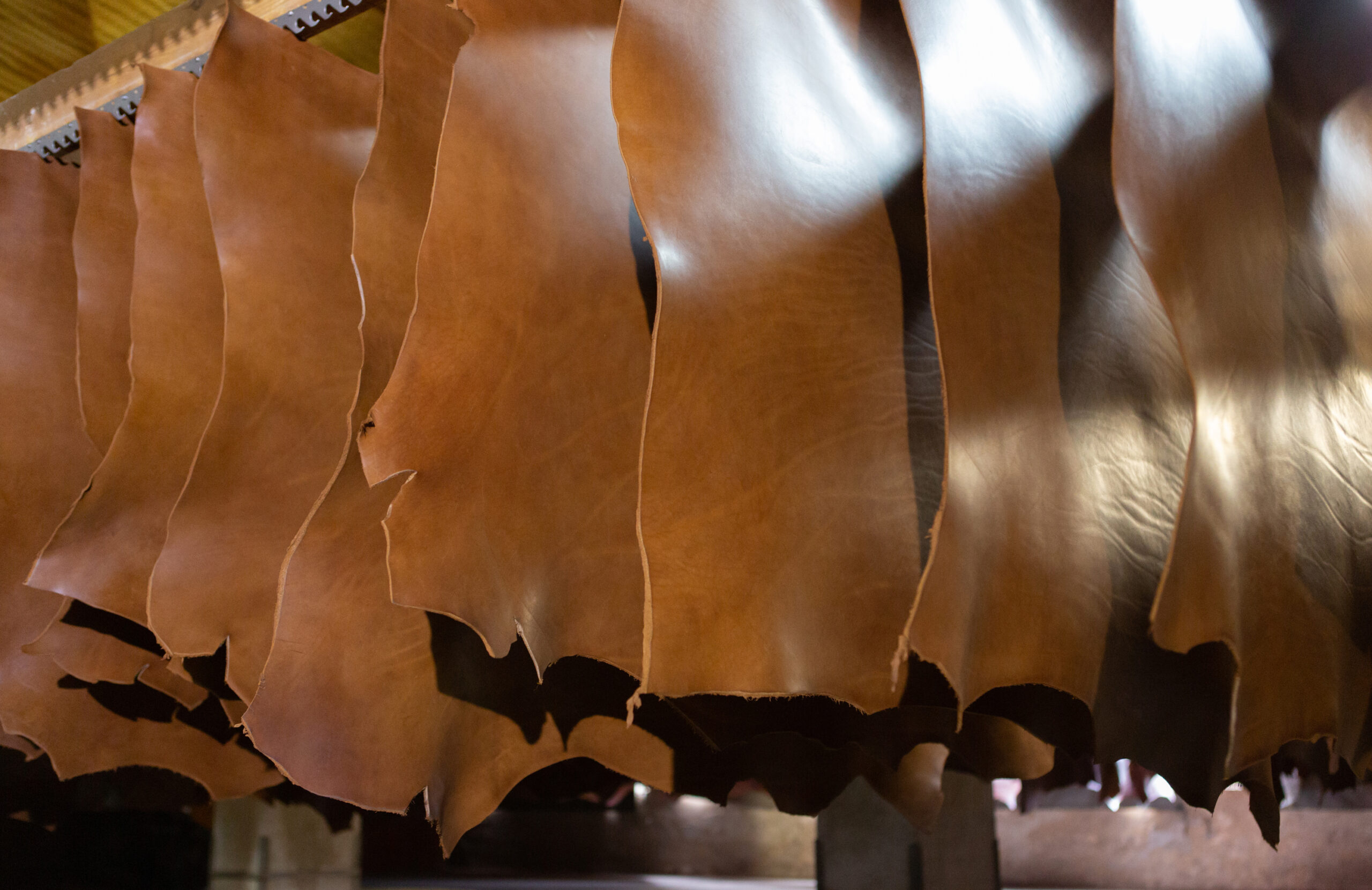Content published by: Leather Naturally
Real leather (leather) is a by-product of the meat industry. It is a natural, renewable material upcycled from the hides and skins that would otherwise go to waste in landfill.
Synthetic ‘leather’ is usually made with synthetic components like PU, nylon, PVC, etc. to have the same appearance as real leather. Sometimes these materials are labeled ‘Vegan Leather’ because they are not derived from animals. Technically none of them are leather, it is just a marketing shorthand used to describe them. Want to know more about the difference in labelling? Check out our fact sheet Leather & Leather alternatives.
How can I tell the difference between leather and synthetic leather?
Imitation materials usually have a rubbery or ‘shiny’ surface feel, which is uniform in appearance. They are colder to the touch and often there is a ‘plastic’ smell. Many have a textile backer or middle layer – this can be seen on cut edges. Synthetic materials will also burn more easily than leather, shrinking and curling with the heat.
Real leather usually has a natural ‘grain’ to its surface, but even when finished to be smooth it has a distinctive leather smell. Look for cut edges – you can see the texture and uniformity of the fibres through the leather structure. In more premium leather goods raw edges are finished with colour and polished. Attention to a detail like this is usually a sign that the material is leather.
Many synthetics are printed with a leather grain effect or products are made with a turned construction that hides cuts edges. It can make it hard to tell them apart from the real thing, so how DO you tell the difference and make sure you are getting value for money?
Look for the label
If you are still unsure, look for the label. In the EU and the USA brands have a responsibility to clearly state the composition of materials used in the products they make and sell. If it is leather, the label will say that it is leather. If the material is plastic or polyurethane (PU) it is not permitted to simply use the term ‘synthetic leather’, it must state what that synthetic material is. Sometimes it is referred as Manmade Material, again this is not leather.
In an increasing number of countries, such as Brazil, Italy and Portugal, the term leather may not be used in conjunction with synthetic materials at all.
In the same way, if a material has a plant component, it may not be simply labelled, (for example) ‘Leaf Leather’, it should also state what percentage is plant-based and what percentage is other materials that have been combined with it, (this is usually done to add strength and stability.)
If the label is not clear, it is unlikely that the product is real leather.
How do I make sure I’m getting real leather?
Responsible brands are transparent in the labelling of their products.
Increasingly brands that use leather refer to Leather Working Group (LWG) certification to be open about the origin and best manufacturing practice of the leather they use. Look for this on product details or website descriptions.
If you are not able to access material label claims, you may need to message the brand for more complete information.
Want to know more?
How do I learn more about leather?
The Leather Naturally fact sheet, Everything You Need to Know About Leather looks at where leather comes from, its ability to be recycled and biodegrade as well as sustainability and manufacturing practice.
What does it say on the label?
Making senses of label confusion is clearly explained in the fact sheet, Leather & Leather Alternatives
Want would happen if we stopped using leather?
A study in the USA did the maths – Read the article here
How do synthetic and alternative materials differ in performance from leather?
The Research Institute for Leather & Synthetic Materials (FILK) made a wide-ranging study of the performance benefits of leather and a range of other materials to determine their strength and wear suitability for different products. You can read the full report here.
You can read the original content HERE.



